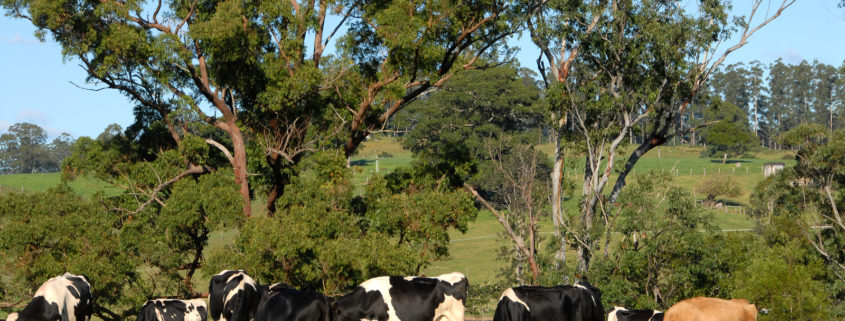Growing Change: Can Agriculture Be Good for the Climate?
Last year California set a goal to become carbon-neutral by 2045. Some called it unrealistic, while we call it mission-critical. But how do we get there? As we search for ways to reduce greenhouse gas emissions to prevent global atmospheric temperatures from rising above 1.5 degrees and result in irreversible climate change, one of the best answers is as old as the dirt under our feet, literally.
Let’s go back to basic science. Soil naturally has large amounts of carbon. Healthy soil — soil rich in nutrients and able to retain water — holds the carbon that plants absorb from the air and bring into their root system and sequester in the soil as root and plant matter decompose. Also, healthy soil is teeming with microbes which also bring carbon deep in the soil.
Agricultural scientists across the globe, including at Stanford University and the University of California, Davis, have in recent years been making new discoveries showing that healthy soil holds more carbon than previously thought and that good soil management can serve as an important carbon sink.

